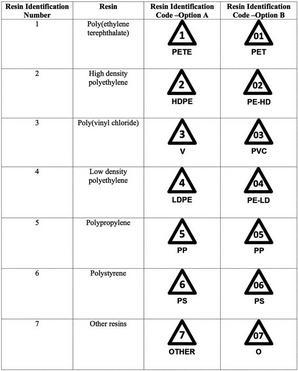I post here the main principle schematics of my builds so far.
All charcoal gasifiers.
Enjoy
With a Link to my Google , with pictures
https://plus.google.com/+KoenVanLookenThailand/…/e4W37Dbb34n
and to my facebook for more details…
I post here the main principle schematics of my builds so far.
All charcoal gasifiers.
Enjoy
With a Link to my Google , with pictures
https://plus.google.com/+KoenVanLookenThailand/…/e4W37Dbb34n
and to my facebook for more details…
Hi Koen,
Have you tried option 2? I would expect the orange flow to be reversed and there to be a lot of heavy hydrocarbons from the break down of the plastic.
Stephen
Hi Stephen,
All these priciple schematics are from actual builds.
The Nr. 2 even did win a Honor award, in Bangkok, from the National Research Council Thailand.
3. types are now patent pending, to protect the intellectual rights for the school. (The plastic, The Co2 converter and the full exhaust gasifier )
With charcoal, many things can be done… keyword: knowing how to balance your needed energy, temperature and the reduction zone…
Needless to say, but any build, following the example of Garry Gilmore, will lead to succes …
I share this knowledge in respect towards him, Wayne Keith and the other builders here on DOW…
Even without revealing “secrets”, this shows that , despite the “naysayers” in the world, it can be done.
And as advice for the candidate builders, don’t worry, it will work…
Kind regards
Koen
Hi Koen
The gasifier full exhaust recycling much gas as the engine can not operate.
This on more gas it may not be used to heat the reactor and reduce the need HHO?
Hi Koen, Nice diagrams and a good visual on how charcoal gasifiers can be used. Really amazing stuff. I see no problem in the plastic to vapor and then fed into the air stream. I’ve done something similar by dropping the plastic down a tube into the oxidation zone. You just use heat from the charcoal to gasify the plastic. My only concern is with plastic that has chlorine as part of the material. I am not sure what happens as the hydrogen, carbon and oxygen get pulled away. Will it form free chlorine, a very corrosive gas and oxidize the insides of the engine???
Thanks for the kind words. You have really grabbed the charcoal gasifier by the horns and I always enjoy seeing what you are up to next.
Gary in PA
Hello Gary,
an easy way to avoid the chlorine issue for our gasifier is using only PE and PP
Those float on water and are easy to separate from other plastics.
If you burn a little piece to find out what the plastic is, the PE fume smells like candle wax, the PP fumes smell like burning oil.
in case of PVC and others, the chlorine gets converted into dioxines…
the dioxines will be neutralised at higher temperatures, as most of bad things will be.
Dwell time and temperature in the reduction zone are the keywords…
So, only on higher temperatures, PVC …
On lower temperatures, the PE and PP
The main idea of my work here is to give a good use on all shopping bags…
Replacing shopping bags by other materials only shift the problem to other levels…
Hint: biodegradables produce greenhouse gasses during decomposing…
Anyhow… at least the world has 2 enthousiastic charcoalers 
May many follow dy lead…
Hello Thierry,
I like your idea of using the extra gas output as a fuel for the original gasifying process.
I will try to find a energetic balance for it and eventually test it…
Anyhow, if there is no other use for the extra gas or no storage capacaty left, it should not be wasted.
So your idea is in that case the best solution… (untill someone else has also a good idea)
A better method for separating plastics is to look for the code stamped or printed on the material. Much healthier than the “sniff” test. Looks like 2, 4 and 5 are what Koen is using. Stay away from 3.
